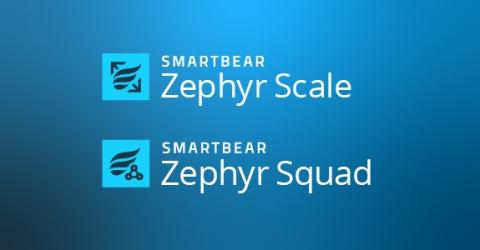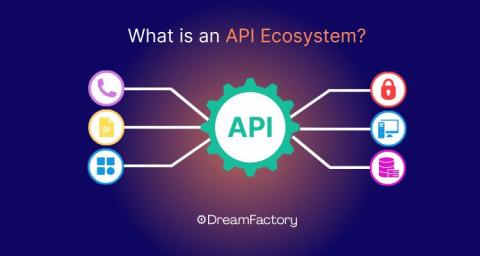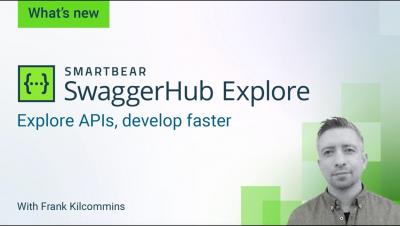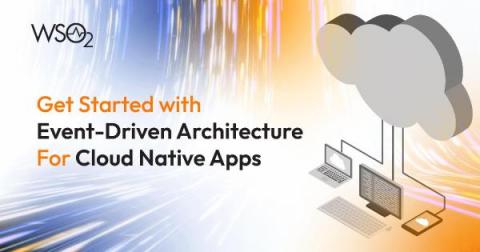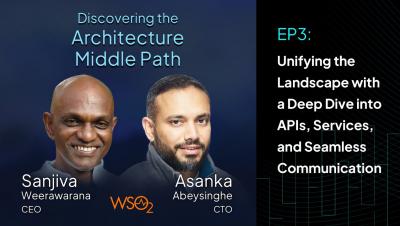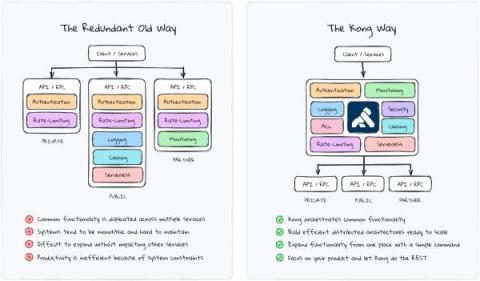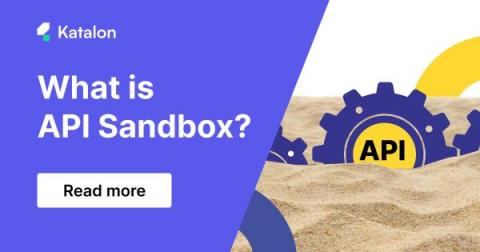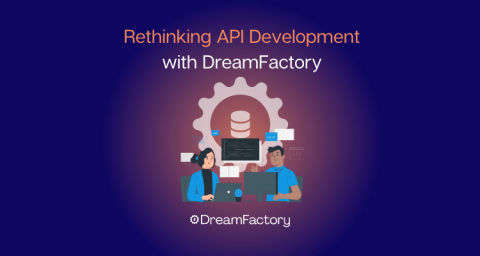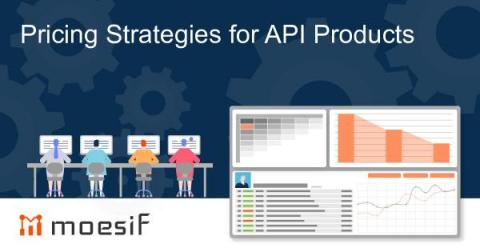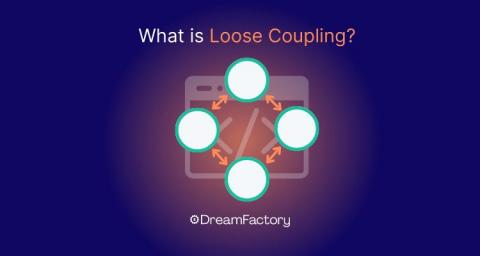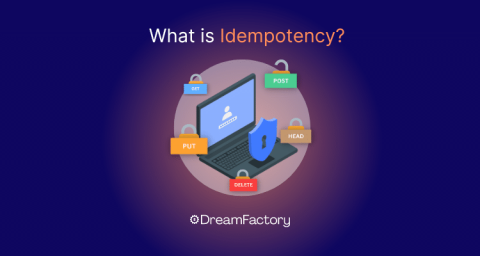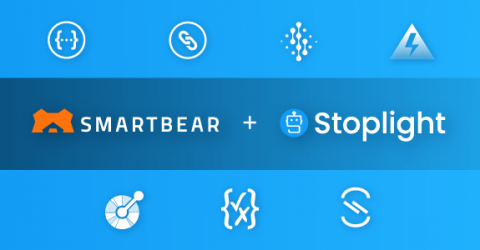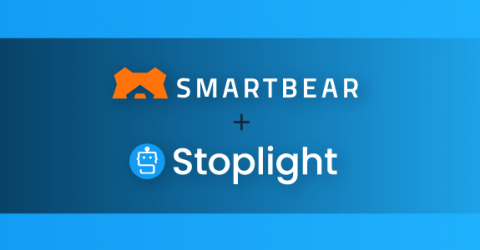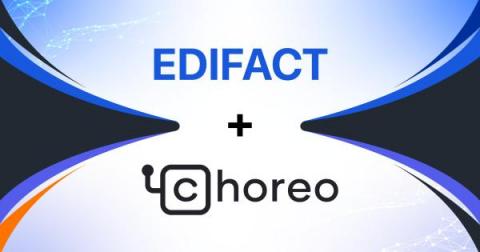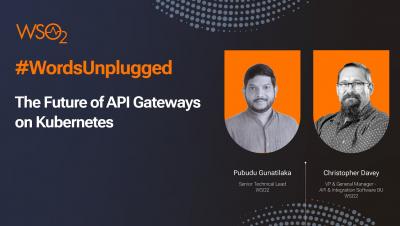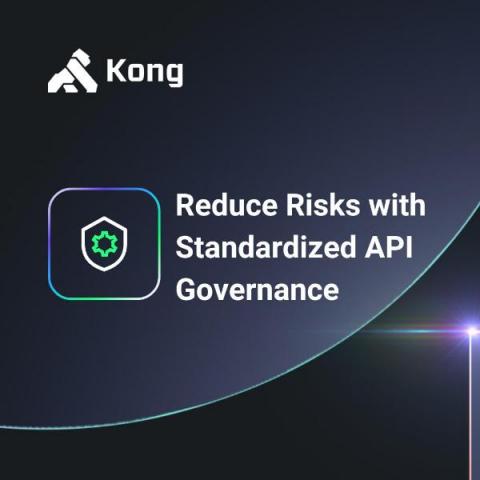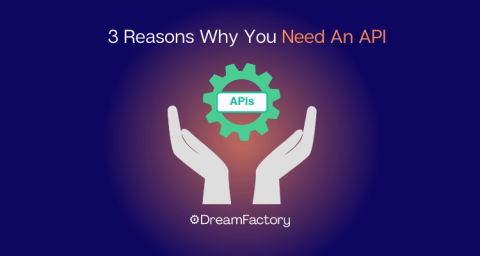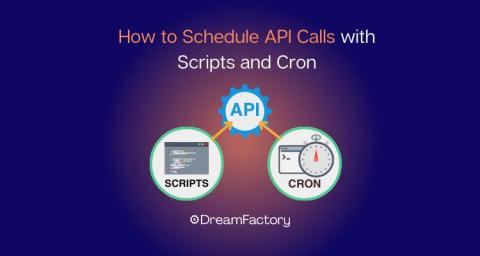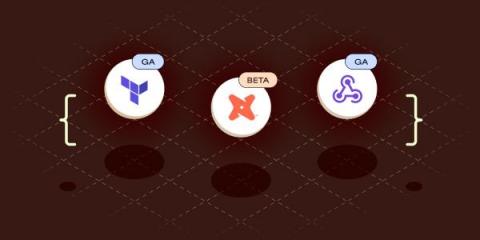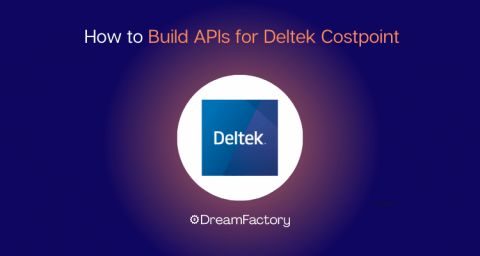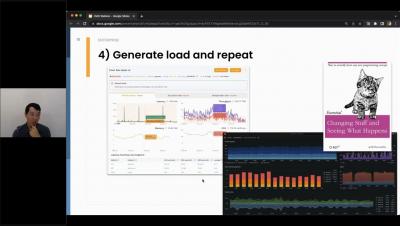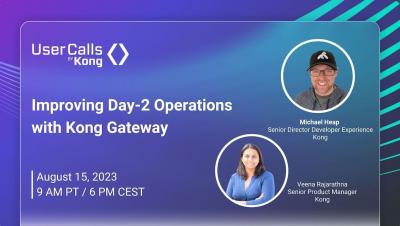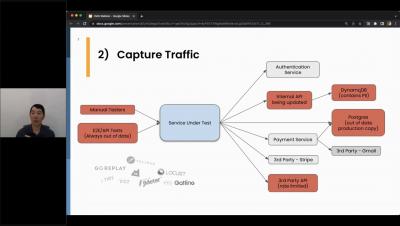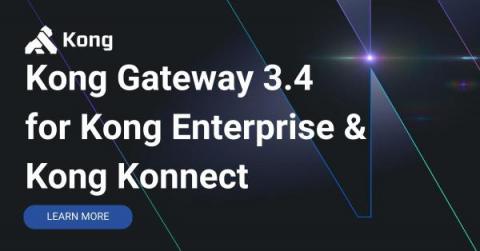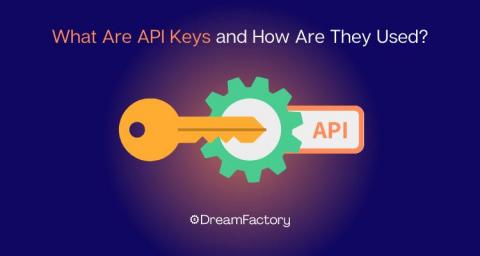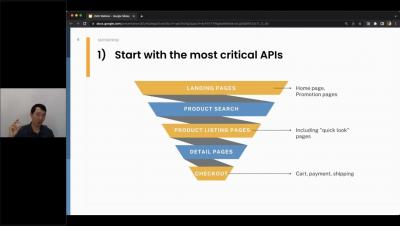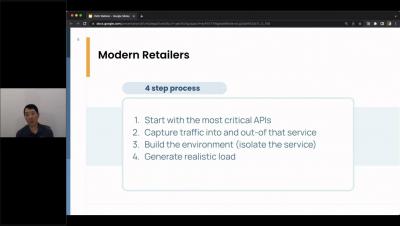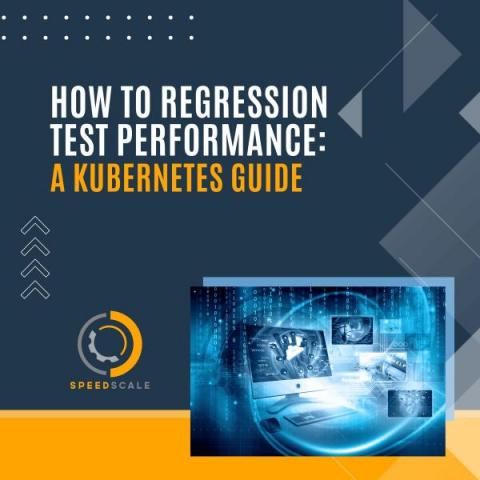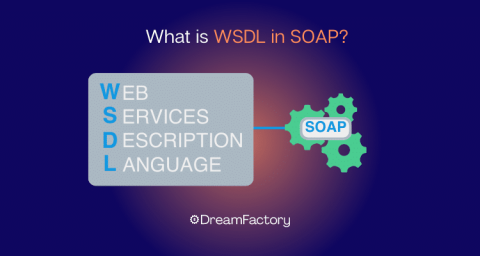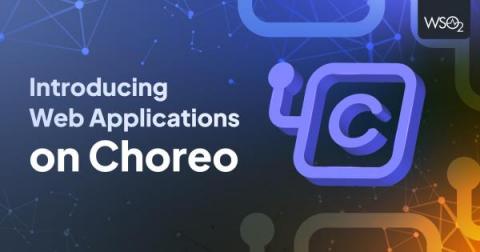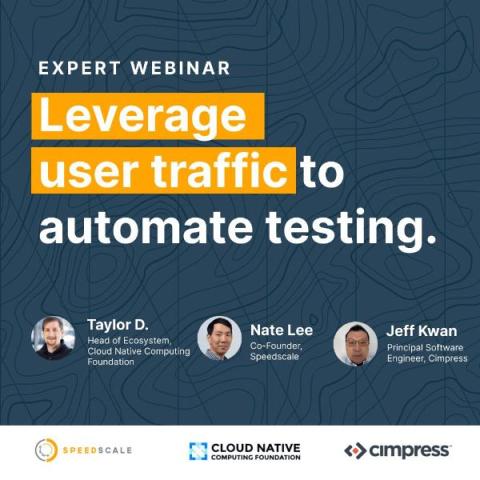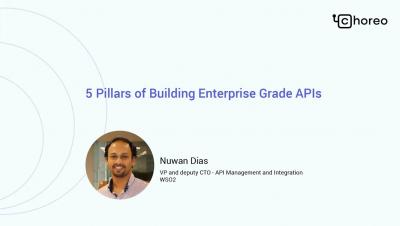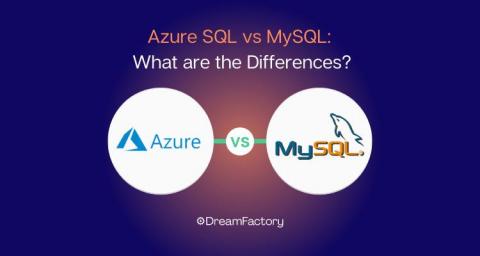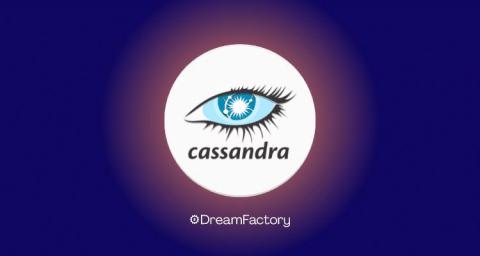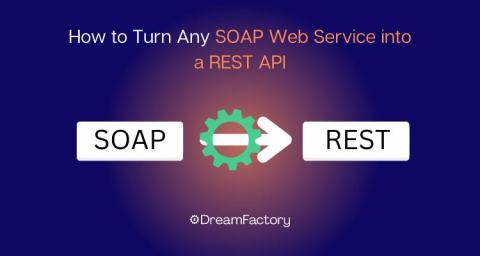Systems | Development | Analytics | API | Testing
August 2023
SAP HANA APIs with DreamFactory
How to Automate Your Test Management in Jira
With demands on software development teams to work faster than ever before, efficiency is King. Many teams are implementing test automation to boost productivity, as manual testing can be time-consuming and error prone. Test automation revolutionizes the testing process. It enables you to automatically publish test results from various automation frameworks directly into your test management environment.
What Is API Gateway Authentication?
What is an API Ecosystem?
Explore What's New - Bonus Episode
Exploring Event-Driven Architecture: A Beginner's Guide for Cloud Native Developers
Classical request/response architecture is driven by procedure calls, where a caller waits for the call to finish, and the call continues until the work is done. Each incoming call is broken into smaller procedure calls, which may in turn call other procedures. In contrast, event-driven architecture (EDA) is driven by events such as user actions, sensor outputs, or messages from other programs/threads, which determines the execution flow.
Discover, Test, and Succeed: SwaggerHub Explore Meets SwaggerHub Portal
API documentation is the cornerstone of any successful API-driven project. It serves as a critical reference point for developers and consumers to understand how an API works, its endpoints, request/response formats, and more. While having comprehensive documentation is essential, what truly sets developers apart is the ability to seamlessly explore and test these APIs within the context of their documentation.
EP3: Unifying the Landscape with a Deep Dive into APIs, Services, and Seamless Communication
How to Streamline API Development with Consistent API Controls Across Teams
What is API Sandbox? Definition, Examples, Key Components, Benefits
Application programming interfaces (APIs) serve as the backbone of today’s digital economy. They connect applications and web services with each other to exchange information and deliver thousands of digital experiences to users every day. With such significance, APIs can’t afford to be buggy, and software testers must frequently test them to identify and address potential issues. However, there’s a catch. Sometimes an API is not fully developed, or is simply too expensive to access.
What's New in Kong Ingress Controller 2.11?
Top 5 API Integration Tools For 2023
API integration allows different software systems to connect with each other and exchange data seamlessly, and this process is literally the backbone of our digital world. While it is entirely possible to perform API integration manually, using dedicated API integration tools offer so many advantages to make this process more efficient, reliable, and manageable.
New Insights into Federated API Gateways in Gartner Hype Cycle for APIs, 2023
Seeking greater insights into the role of federated API gateways? A good place to start is the recently published Gartner® Hype Cycle for APIs, 2023 , which highlights federated API gateways as a technology at the “emerging” maturity stage with a “high” benefit rating.
GraphQL from the Ground Up
Rethinking API Development: DreamFactory's Pioneering Approach to API Generation
How Cimpress Approaches Holiday Load Testing
Why the "Start Small" Approach Breaks Down When It Comes to Load Testing
Pricing Strategies for API Products
APIs and their integrations are paramount for the inner and outer workings of SaaS organizations. As such, pricing strategies for API products have taken center stage for businesses as a crucial determinant of success. APIs have become the linchpin of modern software development, enabling applications to communicate, share data, and provide enhanced functionality.
SmartBear to Acquire Stoplight to Deliver Industry's Broadest Portfolio of API Development Capabilities
What is Loose Coupling in REST APIs?
Loose coupling in REST APIs is a fundamental principle in software design that advocates for the independence of components within a design, where alterations to one component have minimal impact on the functioning of others. The allure of this approach lies in its promise of flexibility, reusability, and adaptability, especially when incorporating, replacing, or modifying components. Here’s the key things to know about loose coupling in REST APIs: Table of Contents.
What is Idempotency?
Elevating API Quality with Stoplight and SmartBear
SmartBear has entered a definitive agreement to acquire Stoplight, a global API design-first company. Together, we can deliver an unparalleled API platform on a global scale.
SmartBear's API Development Hub Gets the Green Light with Stoplight
SmartBear has entered a definitive agreement to acquire Stoplight, a leader in API design and documentation, along with its collaborative and innovative open source tools, Spectral, Prism, and Elements.
Stubs vs Mocks vs Fake | In a nutshell
Using EDIFACT with Choreo
Electronic data interchange (EDI) revolutionizes business communication by enabling standardized structured data exchange between enterprises. Electronic data interchange for administration, commerce, and transport (EDIFACT) stands out as a widely adopted international EDI standard developed by the United Nations. In B2B integration scenarios, companies often use different data formats, such as EDIFACT, JSON, XML, etc.
Stubs - In a Nutshell
Asynchronous APIs: What Are the Benefits?
WebAssembly in Kong Gateway 3.4
Perhaps the most exciting feature introduced in Kong Gateway in recent years is the addition of WebAssembly support. WebAssembly (or Wasm) was originally developed to bring additional languages beyond JavaScript into the browser. However, nothing stops it from being used in the backend as well! With WebAssembly in Kong Gateway, you’ll be able to build and deploy Wasm filters using languages such as Rust and Go, and configure filter chains to operate on your Kong routes and services.
The Future of API Gateways on Kubernetes #WordsUnplugged
API Exploration for Testers
Reduce API Security Risks with Standardized Governance
APIs serve as the foundation for how software systems and services communicate and exchange data. But unmanaged and unsecured APIs can open up massive vulnerabilities that lead to disastrous security breaches and data leaks without proper governance. With API-related attacks increasing — and set to increase 996% by 2030 — unmanaged APIs are a very real security threat. How do you implement reliable API security without slowing down innovation or blowing up costs?
3 Reasons Why You Need An API
How to Schedule API Calls with Scripts and Cron
Three ways Fivetran improves development efficiency
Fivetran launches Terraform, Webhooks and Transformations APIs.
Building APIs for Deltek Costpoint | A Guide
eCommerce Load Testing (Step 3): Build the Environment
eCommerce Load Testing (Step 4): Generate Load & Repeat
Replicating Traffic: Use Cases & Benefits
Improving Day-2 Operations with Kong Gateway
eCommerce Load Testing (Step 2): Capture Traffic
Kong Gateway 3.4 for OSS: Bring Your Own Language with WebAssembly!
The Kong Gateway 3.4 for Open Source (OSS) release is massive for our community users. Notably, this release introduces support for Web Assembly (Wasm), bringing a new level of extensibility and customization to Kong Gateway. Read on to learn more about the new capabilities in Kong Gateway 3.4 for OSS.
Kong Gateway 3.4 for Kong Enterprise and Kong Konnect
We’re delighted to announce the release of Kong Gateway 3.4 for Kong Enterprise and Kong Konnect, featuring significant enhancements, such as secrets rotation support in secrets management, expanded plugin support in consumer groups, and more. The highlight of this update is the designation of Kong Enterprise 3.4 as a Long Term Support (LTS) release. Starting now, any customer running Kong Enterprise version 3.4.x.x will receive technical support for three years — until 2026.
What Are API Keys and How Are They Used?
eCommerce Load Testing (Step 1): Begin with your checkout and payment APIs
How Modern Retailers Approach Software Testing (4 Steps)
Ensuring performance: How major retailers leverage user traffic to validate code changes
API Automation: Do More with Less with this Key to Digital Transformation
Organizations today are looking to do more with less. The solution for many? Digital transformation. While digital transformation isn’t a new concept, the benefits of boosting efficiency, controlling costs, and delivering better customer experiences are obvious in today’s topsy-turvy economic conditions. Digital transformation often involves making the transition from legacy monoliths to modern cloud native microservices-based architectures.
How to Regression Test Performance | A Kubernetes Guide
With production traffic and automatic mocks, this guide shows how to regression test performance in your Kubernetes cluster.
What is WSDL in SOAP | A Comprehensive Guide
OWASP API Security Top 10: Mitigating Risks with Kong
The Open Web Application Security Project (OWASP for short) is a not-for-profit entity devoted to improving the security of software. Founded in 2001, OWASP is a global organization that supports thousands of volunteers globally to produce freely-available articles, documentation, tutorials, and tooling. OWASP is best known for its "Top 10" lists, which represent a broad consensus about the most critical security risks to web applications.
Deploy Your Web Applications with Choreo
We're excited to share that web applications are now available on the Choreo platform. Quickly and easily build, deploy, and scale web applications that seamlessly communicate with APIs deployed on Choreo. This enables you to build digital experiences on the cloud faster and more easily than ever.
Next-Level Networking: Kong Meets Serverless #kongbuilders
WSO2 Welcomes Marketing Leader Nina Hargus to Board of Directors
Unlocking the Power of Programmable Data Planes in Kubernetes with eBPF #WordsUnplugged
How to Choose the Right API Gateway for Your Business
Modern organizations rely on APIs to power their digital customer experiences. This can lead to stronger brand loyalty and higher revenues — if they play their cards right. The driving factor in delivering personalized content is connectivity to more applications, systems, and data sources. That takes APIs.
Celebrating 18 Years of Innovation: Unveiling 18 Fascinating Facts About WSO2
Today, we raise our virtual glasses to toast the 18th anniversary of WSO2 – a company that has redefined the realms of software development and innovation. From its humble beginnings to becoming a global force, WSO2 has stood the test of time, consistently delivering game-changing products that drive success for countless organizations across the world. So, join us as we take a captivating journey through WSO2's milestones, uncovering 18 fascinating facts!
Transforming User Experiences By Leveraging CIAM
More than ever, companies are competing based on their ability to deliver exceptional user experiences. It can take less than 60 seconds for a busy consumer to try one company’s website, get frustrated, and jump to the site of a competitor. And customers may stop using a business altogether if they discover that it has given their personal data to some third party without permission. Such flawed digital experiences can quickly compromise brand loyalty and cut revenues in the process.
CNCF & Cimpress | Leverage user traffic to automate load testing this holiday season
Frank Leymann is Named First WSO2 Technology Fellow
5 Pillars of Building Enterprise Grade APIs - WSO2 Choreo Webinar
Cloud-side vs. Client-side Testing: What's Right for Your Project?
Most developers are familiar with running Selenium or Appium tests on their local machine (or sending them to a local Appium server). While these capabilities are essential early on, many organizations need help scaling this approach. Building and maintaining internal device labs and infrastructure can quickly become a nightmare. Here, you'll learn about the differences between client-side and cloud-side tests and how to choose the right option for your project.
Azure SQL vs MySQL: What are the Differences?
Explore What's New - Episode 5
Creating a Firebird API in Minutes with DreamFactory
Creating a Couchbase API in Minutes with DreamFactory
Creating a Cassandra DB API in Minutes with DreamFactory
Balancing Your Budget with Excellence
Regardless of industry, companies have been undergoing significant financial struggles. It’s led to supply chain disruptions, labor shortages, and increased operational costs. The strain of inflationary pressures, rising interest rates, and geopolitical uncertainties haven’t helped corporate balance sheets, either. As businesses strive to adapt to rapidly evolving consumer demands and digital transformation, they also face fierce competition, which has compressed profit margins.
How to Turn Any SOAP Web Service into a REST API
ESB vs. Microservices: Understanding Key Differences
We’re delving into ESB vs. Microservices. The Enterprise Service Bus (ESB) has reigned for more than a decade as the preferred method for connecting monolithic business applications. However, with digital transformation and cloud-services rising to the forefront – forethinking enterprises are racing to achieve greater agility.
REST API Principles | A Comprehensive Overview
Use ChatGPT to Develop a SOAP/XML Custom Kong Konnect Plugin
Today, APIs are based on modern communication patterns: REST, GraphQL, or gRPC. But two decades ago, the majority of Web Services were developed with SOAP/XML. In this blog, we’ll explain how Kong Konnect can manage SOAP/XML Web Services by creating custom plugins and by using ChatGPT. We’ll cover using ChatGPT to develop a Lua custom plugin and how to deploy and test a SOAP/XML custom plugin on Kong Konnect and Kong Enterprise.
From Limitations to Liberation: Unveiling API Potential Through Documentation and Exploration
In today's rapidly evolving technological landscape, APIs are the backbone of seamless integration and innovation across various software platforms. As businesses and developers strive to create interconnected and efficient applications, having comprehensive and value-driven API documentation and API exploration tools within the same platform is indispensable.
Driving Better Developer Experience with SwaggerHub Portal
SmartBear is excited to announce the release of SwaggerHub Portal, a feature of SwaggerHub allowing you to customize consumer-facing documentation for your APIs to maximize API discoverability. With its intuitive interface, you can easily create onboarding guides, reference documentation, and other materials that help developers both understand and integrate your APIs into their applications. With Portal, you can easily sync your API designs from SwaggerHub with zero context switching.




